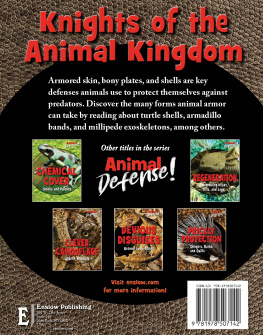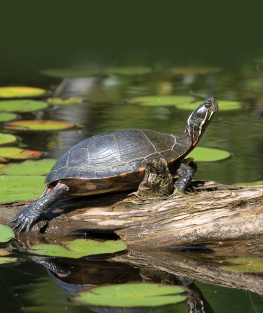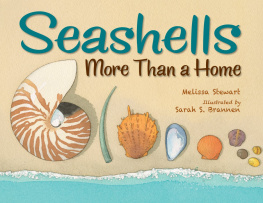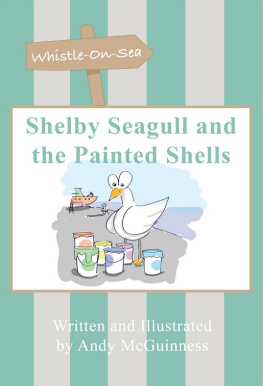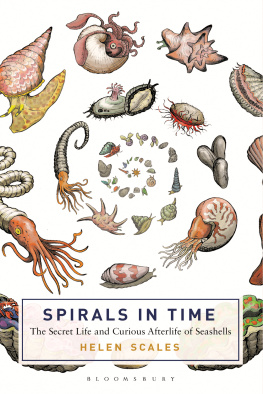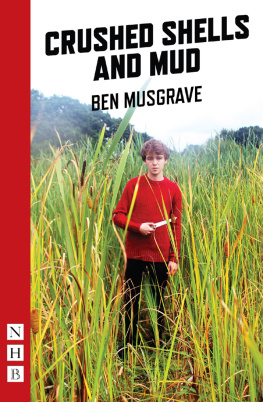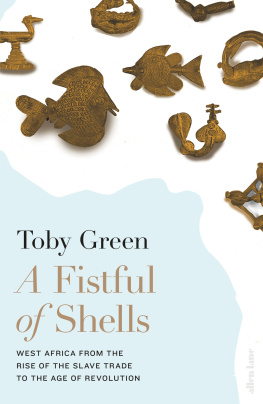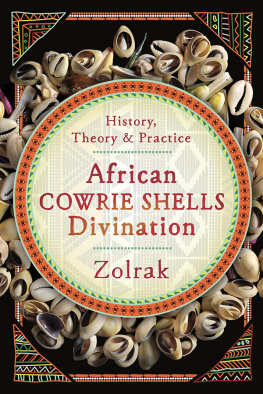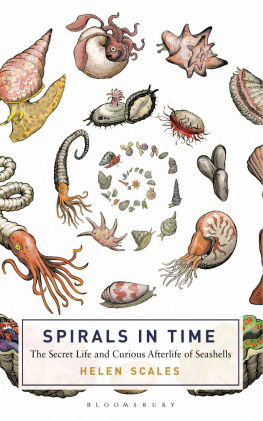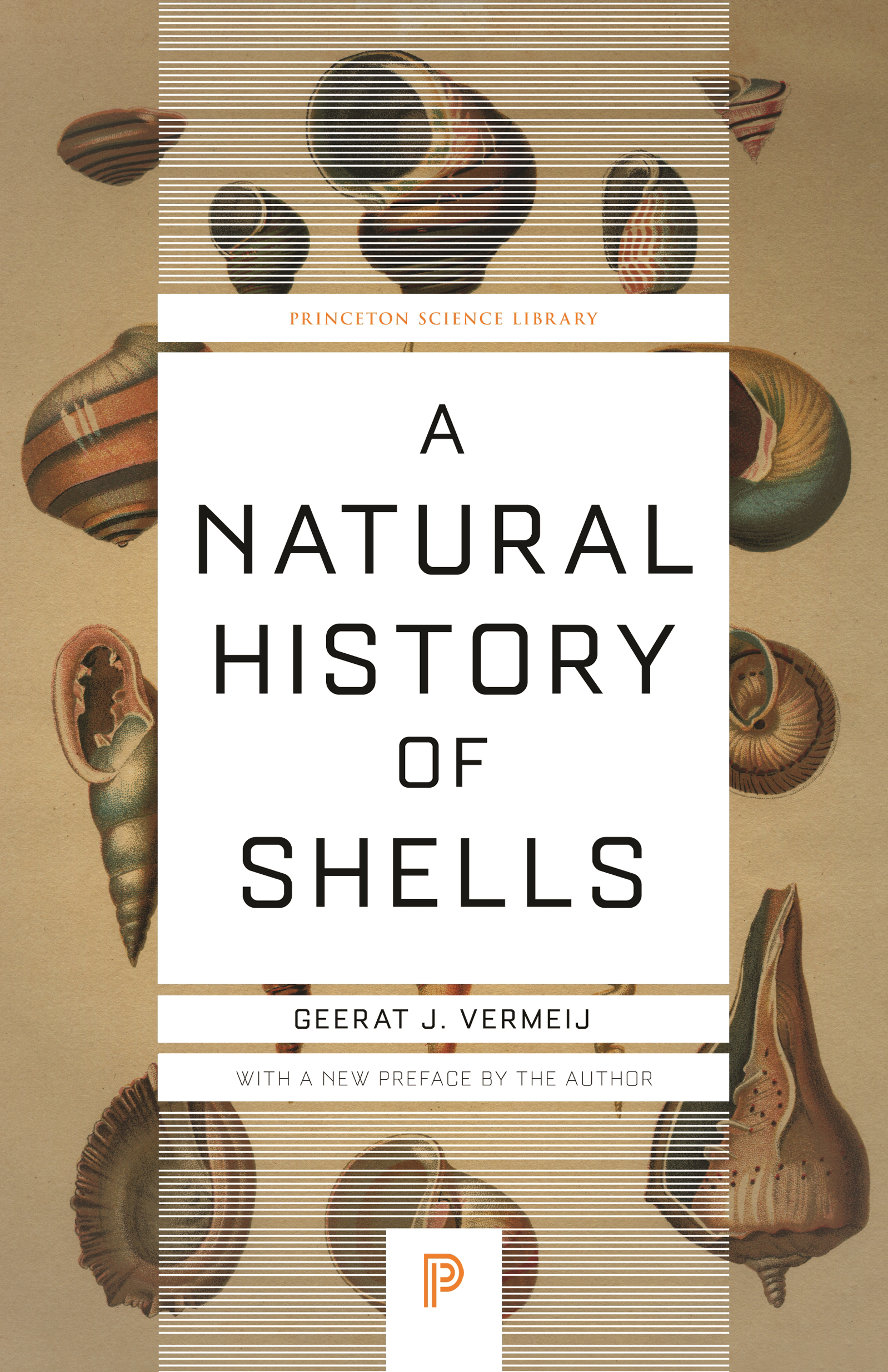A Natural History of Shells
A Natural History of
SHELLS
Geerat J. Vermeij
With a new preface by the author
PRINCETON UNIVERSITY PRESS
PRINCETON AND OXFORD
Copyright 1993 by Princeton University Press
Preface to the new paperback edition, copyright 2021 by Princeton University Press
Published by Princeton University Press, 41 William Street,
Princeton, New Jersey 08540
In the United Kingdom: Princeton University Press,
6 Oxford Street, Woodstock, Oxfordshire OX20 1TR
press.princeton.edu
All Rights Reserved
First published by Princeton University Press in 1993
New Princeton Science Library paperback, with a new preface by the author, 2021
Paperback ISBN 978-0-691-22924-9
eISBN 9780691230016 (ebook)
Version 1.0
Library of Congress Control Number: 2021934445
Cover image: iStock
CONTENTS
- vii
- 3
- 9
- 9
- 16
- 18
- 21
- 27
- 31
- 32
- 35
- 36
- 39
- 40
- 42
- 45
- 50
- 51
- 52
- 54
- 61
- 63
- 68
- 76
- 81
- 83
- 91
- 94
- 95
- 98
- 100
- 100
- 108
- 110
- 113
- 113
- 115
- 116
- 122
- 125
- 129
- 135
- 140
- 142
- 143
- 149
- 153
- 155
- 157
- 160
- 166
- 170
- 174
- 172
- 179
- 182
- 183
- 189
- 192
- 197
- 200
- 203
NEW PREFACE
Ever since I was a young boy in the Netherlands, I have liked shells. Like the lush plants with their fragrant flowers growing in the wet meadows of the polders surrounding our town of Gouda, and the songs of chiffchaffs and blackbirds in the pine woods at my boarding school for the blind in Huizen, the shells I gathered with my parents and brother Arie at the wide beach in Scheveningen stimulated in me an intense feeling of beauty. These simple productions of nature opened up an almost magical world of pleasure and surprise, and instilled an abiding curiosity about living things, a welcome distraction from the unhappiness of being away from home for long periods in the noisy and seemingly uncaring human environment of the boarding school.
As I grew older and came to know the almost unfathomable elegance of tropical shells, my love blossomed into an enthusiasm for all things scientific. With the help of everyone in my close-knit family, I read everything I could about the sea, about fossils, plants, molluscs, and outer space. I began to ask questions about the many puzzles I confronted with my eager fingers and ears. Why were those tropical shells so ornate compared with the cold-water shells of my earlier days? Why were there trilobites in ancient seas but not in todays? Arie and I grew beans, radishes, and sunflowers from seeds, and everyone at home read to me, drew tactile maps and illustrations, and described the many things I could not see. I began to collect shells in earnest, and also seeds, pressed plants, feathers, and even wood samples. We dreamed of faraway places with captivating names, and I was immediately drawn to the Latin and Greek cadences of the scientific names of the molluscs and other creatures that we encountered in books.
The scientific frame of mind, soon to be informed by the notion that living things evolve through natural and knowable processes, suited me perfectly. I was intrigued by the big ideas of science, as well as by the elegance of mathematics and the periodic table. Shells became my entry point into the realm of ideas, of understanding how nature works and changes.
The study of shells was at first a worthy end in itself, but it gradually enabled me to realize that it was much more. It opened the door to think not just about the history of life on earth, but even about the human realm, about the economic principles that govern evolution and the ecosystems we inhabit and create. The molluscan makers of shells, like the rest of us, must make a living in a world of opportunities and limitations, of enabling factors and competition, of selective processes and cooperative arrangements, all in the face of unpredictable calamity. Through their adaptive shapes and the individual life events recorded in their shells, molluscs chronicle the conditions of life now and in the distant past. The beauty of nature, the satisfaction of uncovering the deep regularities of history, and the thrill of perceiving connections among seemingly unrelated phenomena contribute for me to a profound, emergent meaning of life, one centered on a love of science and of like-minded scholars and thoughtful friends, not least my wonderful wife, Edith.
My goal in this book is to communicate this enthusiasm and some of the insights I have gained from molluscan shells, so that others may also appreciate and continue to build on this scientific enterprise. Knowledge and understanding are like money; they are of little use if they are hoarded or kept to oneself. Only when they are shared do knowledge and the quest for it become truly meaningful. My hope is that this book will open doors to the scientific way of knowing and the wonders of the natural world, and that it will enrich others lives just as the study of shells has enriched mine.
A good deal more is known about shells now than when this book was first published. Many of the scientific names used in this book have changed, mainly at the genus level but occasionally also at the level of species. New work, including my own, has substantially increased our understanding of many of the topics and questions dealt with in this book. For example, we now know that the cap-shaped or slipper-like limpet shell form in gastropods arose at least fifty-four times independendy. Innovations such as the labral tooth, a protrusion on the edge of the lip of the shell that speeds up predation by gastropods on hard-shelled prey, occur repeatedly in some evolutionary branches and never in others. It has also become increasingly clear that shell form is influenced not only by the selective effects of predation and other agents of natural selection but also by the forces to which molluscs are subjected and that they themselves create through their activities. Thanks to great advances in the study of DNA sequences and the fossil record, the evolutionary tree of molluscs is now far better known, Nevertheless, most of what is in this book remains unchanged; it has only been more thoroughly documented and placed on a more secure evolutionary footing.
Although all of us scientists make individual contributions, and many of us often work alone or with one or two collaborators, our discoveries could never have come about without the help and encouragement of thousands of people and institutions. I am profoundly grateful to my family, to the schools and teachers in the Netherlands and the United States, and for the support and stimulation I received while studying at Princeton University and Yale University. Without dedicated field assistants, it would have been impossible for me to conduct fieldwork, often in very challenging places like tropical coral reefs, rainforests, muddy mangrove swamps, wave-swept rocky shores, and the frigid Aleutian Islands. I have benefited greatly from research grants awarded by the National Science Foundation and the National Geographic Society, and from the intellectual freedom implicit in awards from the John Simon Guggenheim Foundation and the John D. and Catherine T. MacArthur Foundation. I have had the luxury of teaching and pursuing research of my choosing thanks to the academic liberty that is the norm at the University of Maryland at College Park and the University of California, Davis. Curators at natural history museums the world over enabled me to study the collections in their care and to dig up obscure works in their libraries. Bettina Dudley; Janice Cooper; Alyssa Henry; Tracy Thomson; my wife, Edith Zipser; and others have read tens of thousands of scientific works to me as I transcribed them into my Braille library. Thoughtful reviewers and editors have helped me to improve my publications, and they give me confidence that the peer-review system, a fundamental component of the trust that science enjoys and requires, is healthy and as important as ever. The act of teaching, together with the many stimulating conversations with students and colleagues, has been essential to my growth as a scholar. Finally, but not least, I am grateful to the composers, performers, and broadcasters of classical music, which brings me great joy and contentment and which accompanies me daily as I write.


